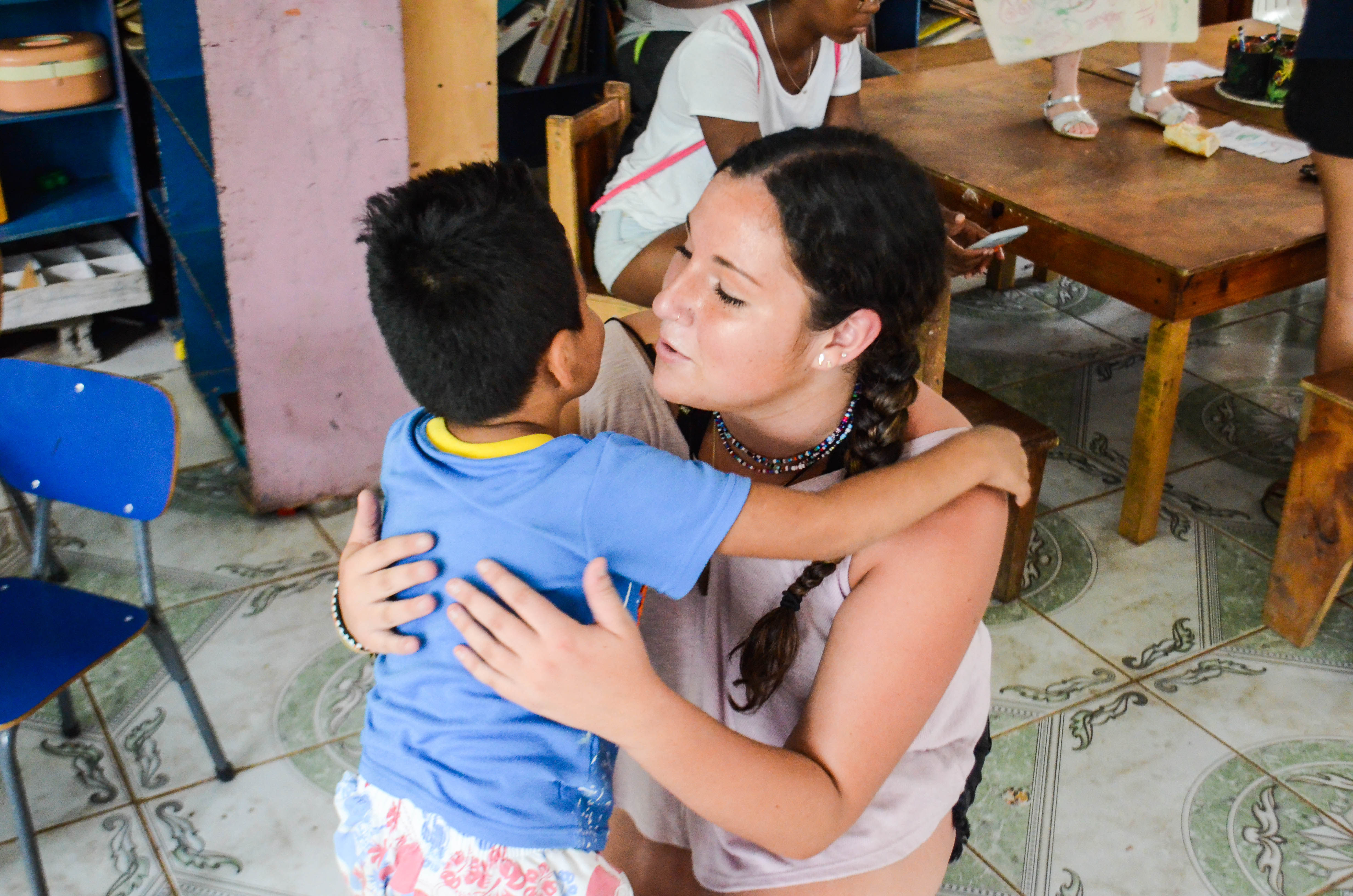The Benefits of Volunteering While Studying Abroad
The Benefits of Volunteering While Studying Abroad
The best experiences I have had so far in Costa Rica have been volunteering and learning from different organizations throughout the country. Volunteering has introduced me to dozens of incredible people that I have been able to connect with in Spanish, and each project has taught me something valuable. Read further to learn about my service experiences abroad.
Techo
Techo taught me a great deal about the ethics of volunteering in just a few short hours. I walked in with my white superiority complex and walked out ashamed of how I approached the situation. I am all the better for it, though!
Techo is a youth led non-profit organization that seeks to overcome poverty in slums throughout Latin America & the Caribbean. Five of my fellow classmates and I met Techo volunteers at the Paseo de las Flores, a modern mall that is nice even by U.S. standards, one Saturday afternoon in September. Then, we walked together to Guararí, the poor community directly behind this gleaming mall. There, we worked with children to help with homework and create crafts. We made animals and houses out of clay and popsicle sticks and led the children in songs about ducks.
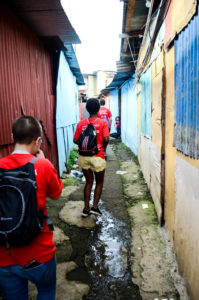
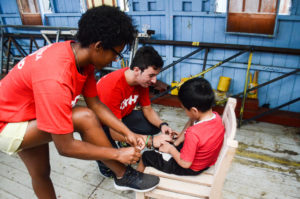
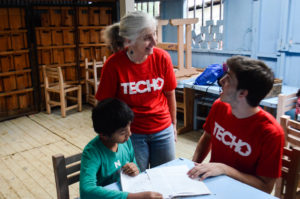
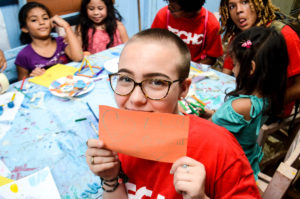
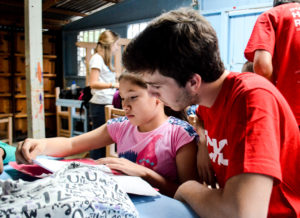
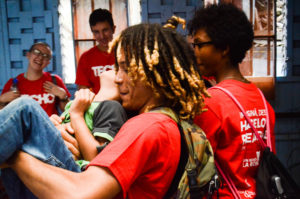
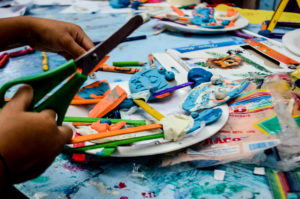
I had fun with the children, but the most beneficial part of volunteering with Techo was coming face to face with ethical issues. Quite simply, I messed up when I volunteered here. I came into this project toting my camera, and that was a mistake. Instead of viewing the experience through my camera lens, I should have lived more in the moment and interacted more with children that I spent time taking photos of. After volunteering with Techo, I have made a more conscious effort to do this and not take photos of subjects that are not appropriate. An article about ethical photography further opened my eyes to how I should act with my camera abroad and what I should and should not take photos of. It is important to portray communities in a positive light, because despite poverty, there is beauty in Guararí. It is also important to respect others’ privacy and not take photos of children in which their faces are recognizable. These approaches to ethical photography are crucial while studying abroad, and I have applied them since visiting Techo.
So yes, I could have done better with this service opportunity. However, my time with Techo made me a better volunteer in a matter of hours. Live and learn, y’all.
La Carpio
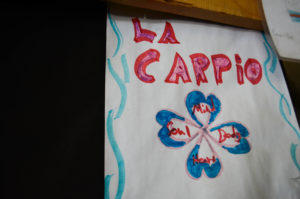
La Carpio is a community of Nicaraguan refugees in southern San Jose. It was here that I learned about strategies for community development and was able to apply what I learned from Techo as I served.
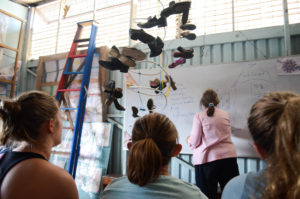
First, Gail, a humanitarian from the United States that has worked in La Carpio for over 25 years, taught us about the community and ways they approach improving it. La Carpio was established over 30 years ago as many left Nicaragua in search of a better life in Costa Rica. It began as a squatter community where the houses were made out of any scrap materials that could be scrounged up. But, over the years, with the help of outside groups, the community has developed to include more sustainable housing, schools, clinics, and businesses owned by community members. Humanitarians within la Carpio work to empower those living in La Carpio to improve their own lives and search for long-term solutions.
The most significant thing that Gail said to us that day was that the goal of humanitarians, missionaries, volunteers, etc should always be to work themselves out of a job.
After this lesson, we were taken out into the community to work on clearing dirt from in front of a house to make way for new development, as well as play with local children in the area and the daycare.
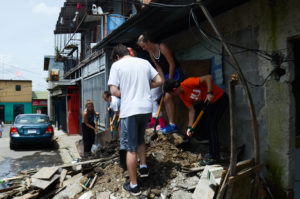
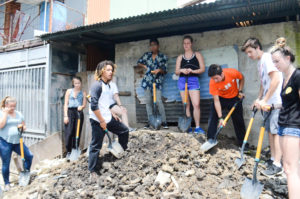
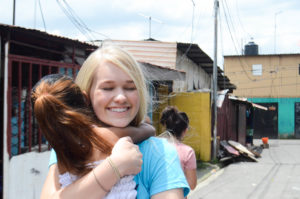
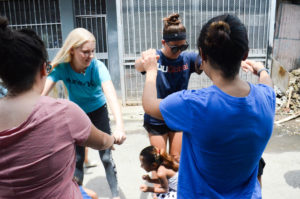
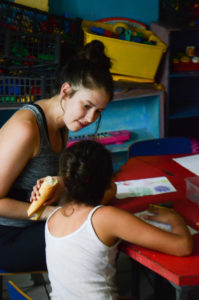
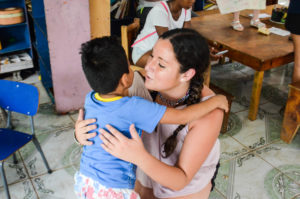
I kept in mind what I learned about ethical photography and came up with creative ways to capture interactions with children without photographing their faces. After playing with the kids and making headway on that massive dirt pile, we were able to watch a play put on by a group of grandmothers. These women regularly meet to put on plays and assist with community events.
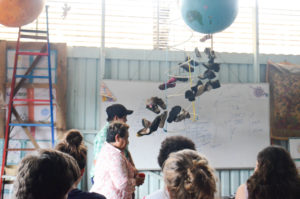
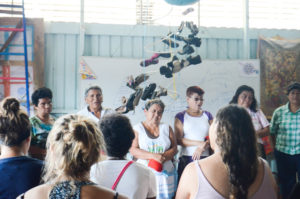
They portrayed the story of Felicita, a young Nicaraguan girl that escaped hard work in the fields by marrying young. Unfortunately, her husband spiraled into alcoholism and began to beat her. After enduring this abuse, Felicita made her way to Costa Rica in search for a better life and greater opportunities for herself and her children. At the end of the performance, it was revealed that the play was the true story of one of the women. All of the women had difficult pasts that led to their immigration to Costa Rica, and humbling to be able to witness their immense strength.
Overall, La Carpio inspired my classmates and I, and taught us a great deal about Nicaraguan culture and Nicaraguan relations with Costa Rica.
ASOMOBI
For an entire week, a small group of my classmates and I ventured into the mountains of Costa Rica to work with the women’s coffee group of ASOMOBI. From this experience, I learned about the importance of not taking the easy way out, and instead searching for long-term solutions that may be initially more difficult. I was also inspired by the strength and ingenuity of a group of women. Read more about my time with ASOMOBI in my post here.
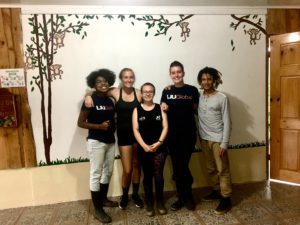
Rio Torres River Clean-Up
One Saturday morning, a few of my classmates and I awoke early to go to San Jose to clean up trash at the Rio Torres. Along with our gloves, rubber boots, and trash bags, we climbed down to the river and were met by a devastating sight of trash interspersed with the trees and rocks along the river bank. And when I say interspersed, I mean that they roots of the trees have grown in and around and through the trash to the point that the earth and the trash had become one. This made it incredibly difficult to remove the trash, as you could not help but pull up roots as you pulled up plastic bottles, articles of clothing, ropes, cables, and more.
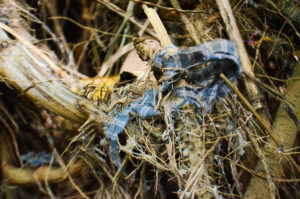
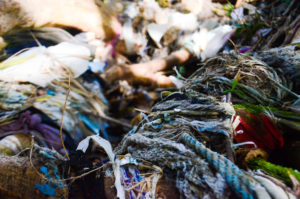
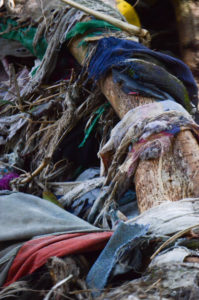
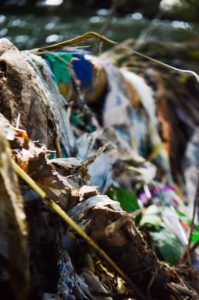
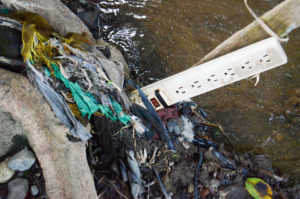
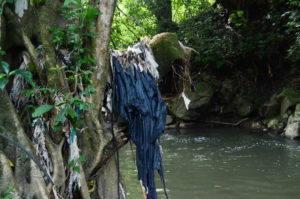
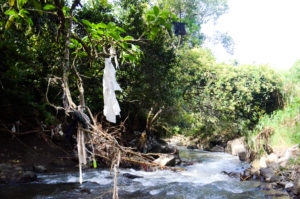
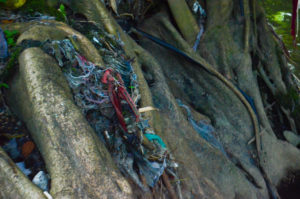
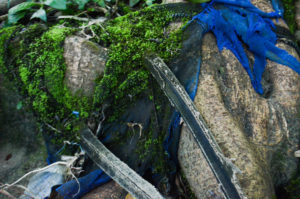
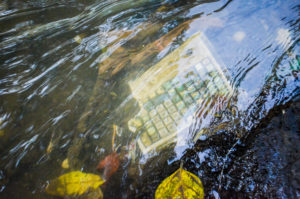
The work was discouraging, as my noodle-y arms could only wrench so much trash from the earth and where it tangled with plants, but we all did our best. In the end, our little group gathered an entire truck bed full of trash and recyclable materials.
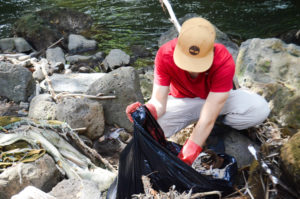
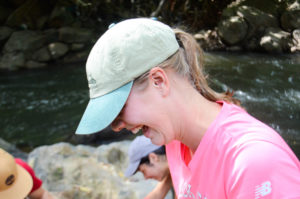
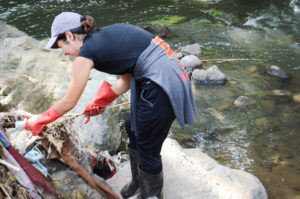
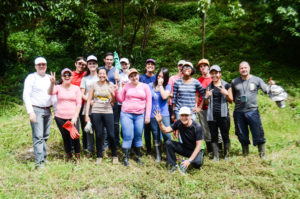
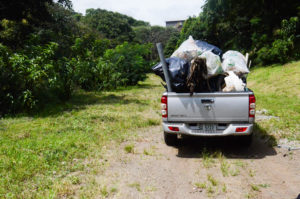
This project opened my eyes to the subtle hypocrisy of Costa Rica when it comes to environmentalism, but I was also glad to be able to do my part to try to beautify the planet. Also, while working, we were able to chat with one of the other volunteers, Mario, solely in Spanish. These experiences challenge our language abilities and are the best opportunities for improvement.
Overall, volunteering while studying abroad is so incredibly enriching. It helps you to further familiarize yourself with that country, and its people, culture, and needs. If you find yourself studying abroad, ask professors and advisors about opportunities to serve in that area. It’s fun, a way to help others or the planet, and one of the best forms of experiential learning a student can take part in.
